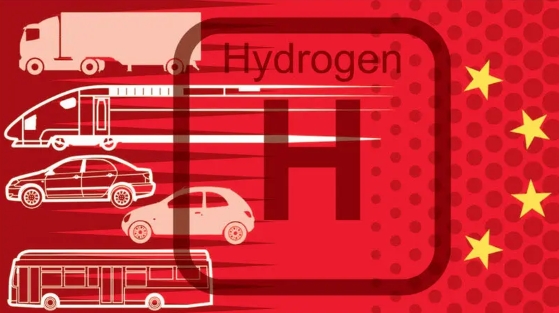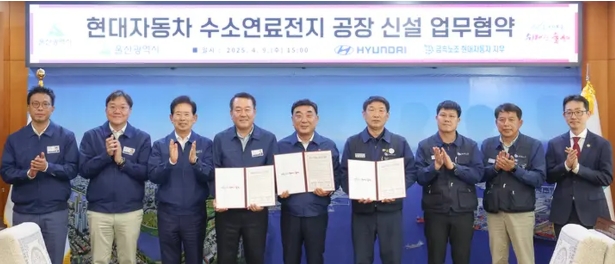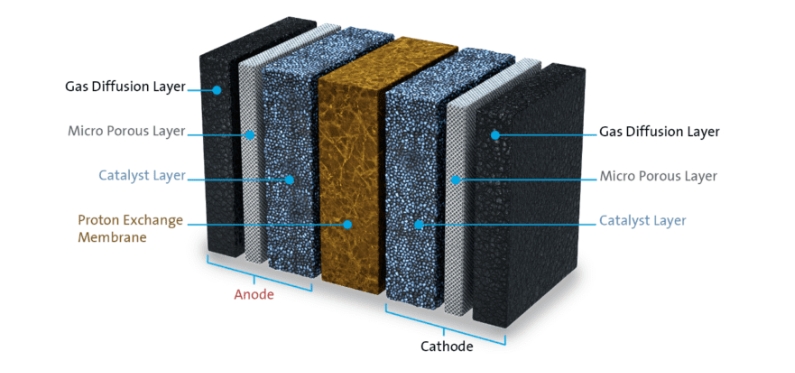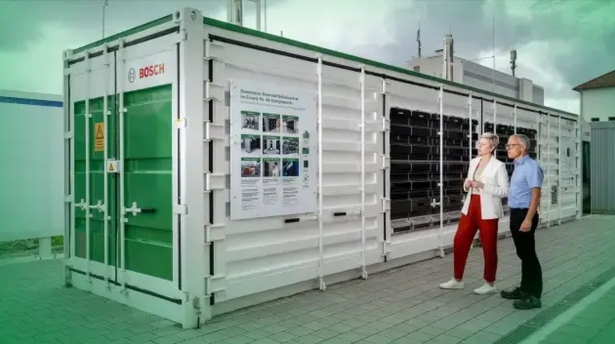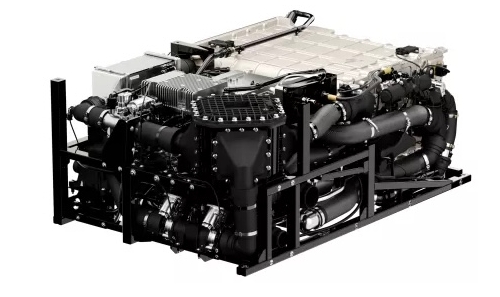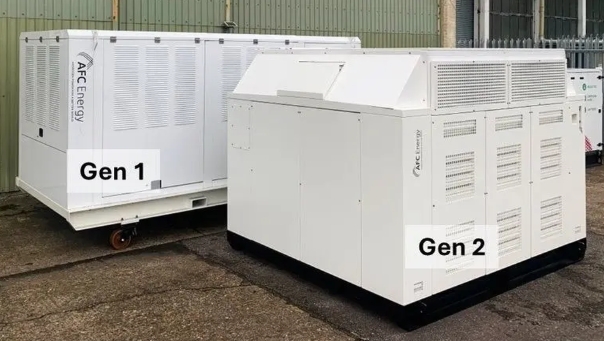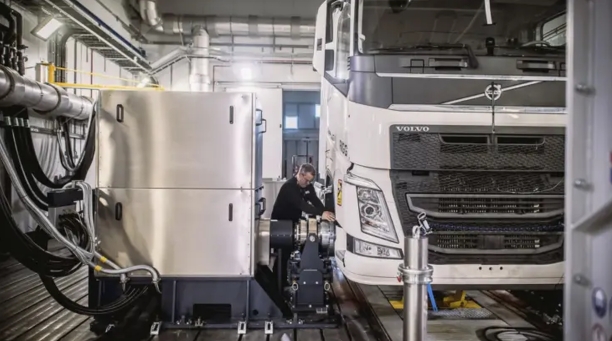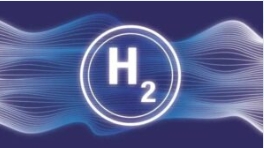Urban Aeronautics this week reached agreement with HyPoint to provide hydrogen-fuel-cell technology for its planned CityHawk eVTOL aircraft. The Israeli company believes that by late 2022 or early in 2023 it might be ready to fly a full-scale prototype with a hybrid-electric propulsion, with a view to a hydrogen-powered version of the six-seat design being ready to enter service between 2028 and 2030.
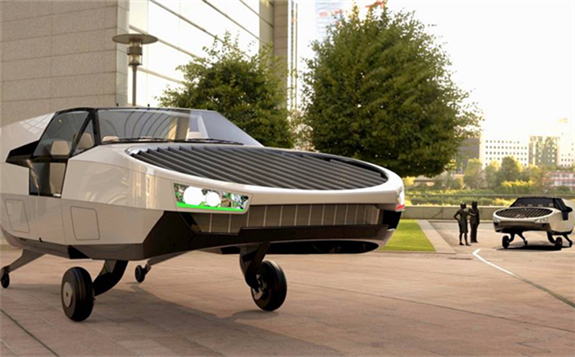
California-based HyPoint is already partnered with ZeroAvia, which last year started flight testing a hydrogen fuel powertrain system on a Piper M350 piston single and is aiming to initiate re-engining programs for a variety of fixed-wing aircraft seating between 10 and 20 passengers. The company also is partnered with Russia-based eVTOL developer Bartini.
The CityHawk is based on Urban Aeronautics’ Cormorant unmanned aircraft, which is intended for cargo carrying and a variety of aerial applications. A full-scale Cormorant technology demonstrator is already being flight tested, and the company is evaluating whether the design can be adapted to make room for passengers and a second engine. The hybrid-electric versions of both aircraft are powered by Safran’s Arriel 2N turboshafts, which drive Urban Aeronautics’ patented Fancraft ducted fan propulsion system.
Early customers of the CityHawk would have the option of taking the hybrid-electric version. Urban Aeronautics has not yet determined whether to develop a hydrogen-powered version of the Cormorant.
The hydrogen-powered version of the CityHawk is expected to have a range of around 125 miles (including 20 minutes of fuel reserves). The hybrid version of the rotorless and wingless design is expected to be able to fly up to around 175 miles.
Urban Aeronautics’ CEO, Rafi Yoeli, he expects the CityHawk initially to operate in an emergency medical service (EMS) role. He said that the aircraft will be able to fly in icing conditions and to land in almost any urban, suburban, or rural environment, subject to approval by local authorities.
The aircraft will be able to recharge in a few minutes at any location that has hydrogen-enabled fuel pumps and a 700-bar compressed hydrogen storage. According to Yoeli, these facilities are available at multiple gas stations across Europe, Asia, and California and avoid the need for some of the expensive recharging infrastructure required for electric VTOL aircraft.
Yoeli said CityHawk’s cabin will be approximately 10 square feet and so will provide five passengers with more space than they would have in an equivalent helicopter. He further claimed that the eVTOL will be about half as noisy as a comparable helicopter, and, once hydrogen fuel cells are available, even quieter. “We’re first looking at using CityHawk for EMS because it’s more straightforward and does not require sense-and-avoid capability or air traffic management,” he explained.
Initially, the aircraft will be operated by a single pilot, but eventually, as regulations permit, the company expects to offer autonomous capability. The program is being advanced by Urban Aeronautics’ Metro Skyways subsidiary and the Cormorant is being developed by its Tactical Robotics division.
Acknowledging the intense competition among some eVTOL aircraft developers to accelerate the introduction of vehicles for the urban air mobility sector, Yoeli suggested that his team is not motivated by a desire to be first to market. “We’re not in the race. Our priority is to design the aircraft to the highest possible safety standard, and eventually, we could achieve a higher level than commercial helicopters today,” he commented.
Yoeli explained that the main motivation for seeking to introduce hydrogen fuel cell propulsion is that it will deliver significant weight savings. He maintained that most all-electric eVTOLs have to carry extra dead weight for batteries and that current batteries have only about 5 percent of the power of jet fuel. HyPoint said its zero-carbon, air-cooled hydrogen fuel cells will offer a lifespan of 20,000 hours
According to Yoeli, a kilogram of hydrogen fuel has around three times the energy of the same amount of jet fuel, and around 60 times that of equivalent batteries. "The Fancraft stack is essentially an 'engine' that 'burns' the hydrogen but there's no combustion," he explained. "When compared in power to weight [ratio] of an equivalent turbine engine, in a few years time the Fancraft stacks will weight half [as much as] current turbines for the same power level, and will be much cheaper and [have] a much longer service life."
Urban Aeronautics says that it is currently seeking to raise funds to support the development of both the hybrid-electric and hydrogen-powered versions of the CityHawk. Deliveries of the first hydrogen fuel cells from HyPoint are dependent on this funding being available.
